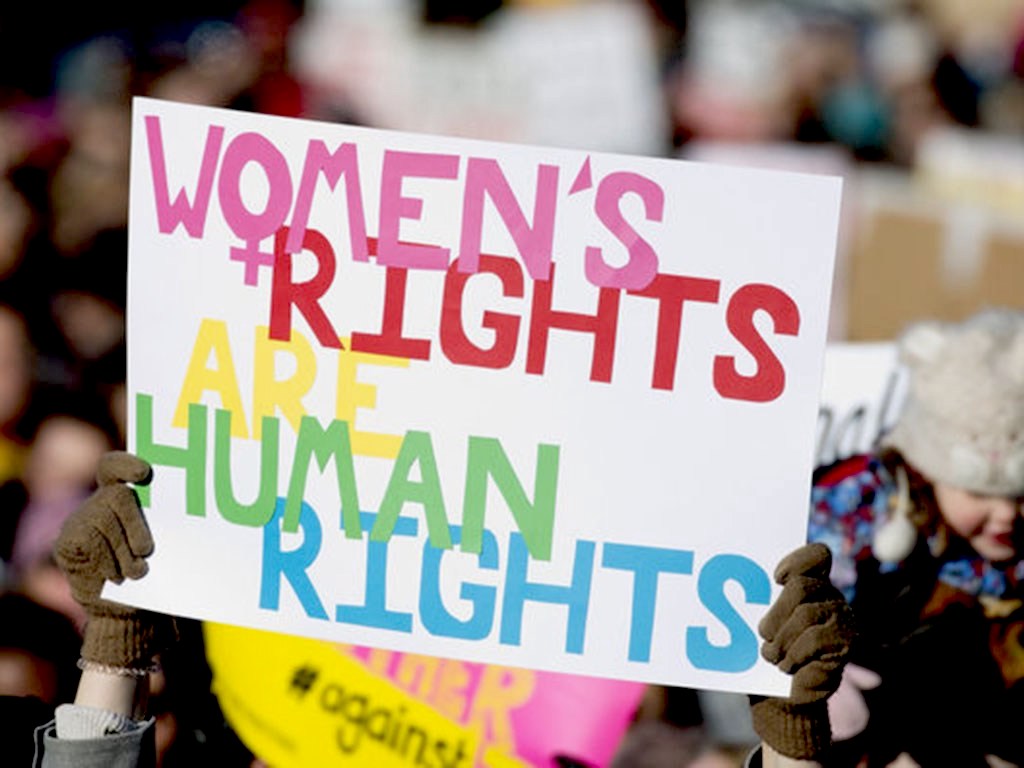2 Mins Read
International Women’s Day is internationally observed on the March 8th every year, representing a focal point for women’s rights and is a celebration of the social, economic, cultural and political achievements of women. Some people wonder if we need the attention since women have come so far. While we have made progress when it comes to recognising the achievements for women over the years, the truth is there is still so much to be done in terms of progress for women’s rights, female empowerment and gender equality. Here are 5 sobering facts ahead of IWD from the United Nation’s most recent gender inequality report that serve as a wake-up call to action.
1. Not one single country has achieved gender parity
According to the UN figures, there is no country in the world that has achieved gender parity on all measures, such economic, political, and social indices. Women continue to face enormous struggles in every single part of the world, from seeing their basic human rights recognised to gaining leadership roles in corporate boardrooms.
2. Few of us will see gender parity within our lifetimes
Another depressing fact is that very few of us will be able to see gender parity achieved within our lifetimes. Referring to the previous findings by the World Economic Forum’s Global Gender Gap Report 2020, gender parity will not be attained until almost a century later – 99.5 years, to be exact.
3. Almost 90% of people (men and women) are biased against women
Checking for prejudices on 7 indicators in total – basic women’s rights, equal university education, equal job opportunities, women as business leaders, domestic physical violence dynamics and reproductive rights for women – the UN researchers found that only 14% of women and 10% of men are actually free of bias against women.
4. Prejudice against women is not improving either
Sadly, these prejudices against women aren’t getting better. In their index, the UN found that the proportion of men with “some bias” against women increased from 89.4% to 89.9% between 2004 to 2014. This isn’t just a male phenomenon either – the study recorded that women with “some bias” against women also increased from 83% to 84.6% within the same period.
5. Sweden & India have seen the largest growth in discrimination against women
UN researchers found that Sweden is the country where biases against women had increased the most. This was followed by India, but surprisingly, the percentage increase of discrimination against women rose more among women than men.
Lead image courtesy of Political Youth Network.




